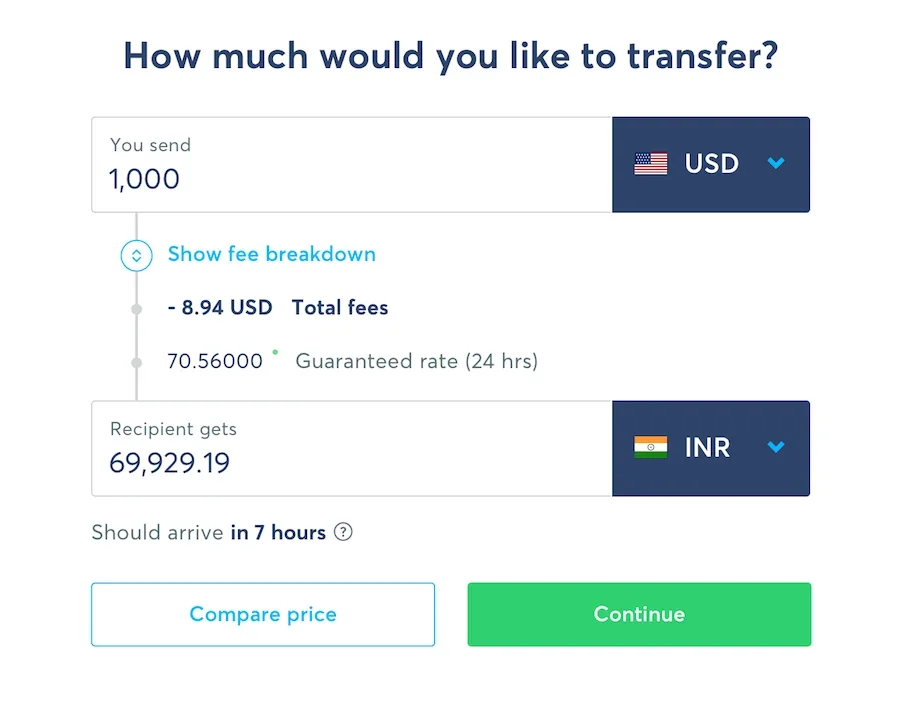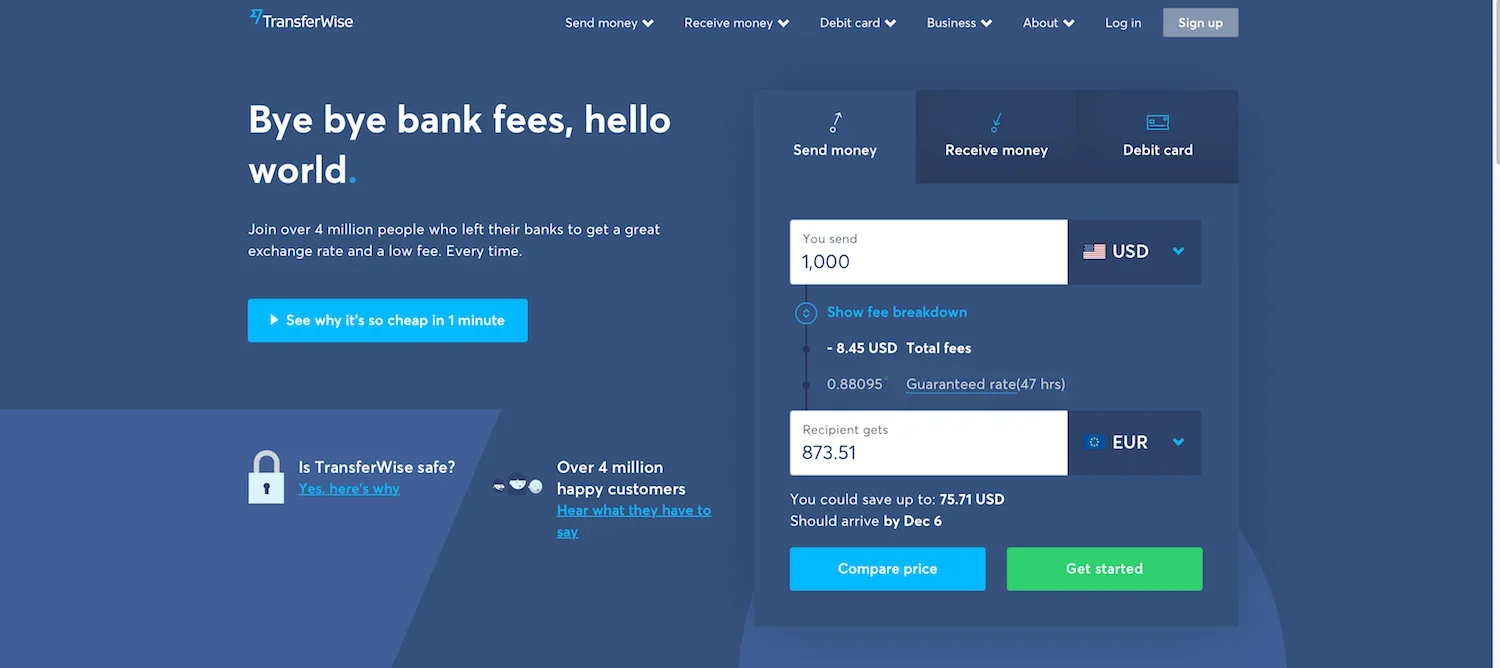While both TransferWise and Xoom are both prominent players when it comes to global payment platforms, there are more and more startups and small businesses interested in the differences between the two so they can find the best solution for their payment needs.
On top of everything else that’s important for startups such as getting more customers or finding the best channels of marketing, fund transfers are an important part of their daily business routine.
The truth is, both fund transfer companies offer better deals for businesses than most banks but they do slightly differ in their offers to businesses.
The differences between TransferWise and Zoom lies in the exchange rates offered, fees incurred, countries they work with, ease of use, security, regular overseas payments, and benefits. Let us see which one is better for startups and small businesses.
Exchange Rates
Exchange rates are very important for small businesses and startups, especially if they are working with foreign countries.
With this in mind, TransferWise has a special calculator that shows you the current exchange rates and TransferWise uses mid-market rates that are closer to market rates that are prevailing today.

Before you initiate your transfer, they will inform you about the actual exchange rate and let you monitor currency fluctuations while also sending alerts about free rates.
On the other hand, Xoom also offers its exchange rate calculator but they use locked-in rates. Once you confirm the deal, they’ll let you know about the transfer-applying rate.
Money Transfer Fees
Since banks charge extra fees for money transfers, the best alternative is using a payment platform such as Xoom or TransferWise. With this in mind, TransferWise follows fee structure online and allows its users to view this structure.

Depending on the destination country, you will pay a percentage on the amount you want to transfer. As shown in the above screenshot, you can expand their fee breakdown to see exactly what you're paying for. If you're looking to further reduce your fees with TransferWise, consider checking out TransferWise Coupons for additional savings.
When it comes to Xoom, their fees depend on the destination country, the method of payment and the amount. There are some countries that don't attract any fees.
If your payments go through bank accounts, it's possible to get lower fees as they also have their online calculator to let you see the cost of each transfer.
Ease of Use
It takes a few minutes to register online for both companies and as soon as they verify credentials, you are free to start transferring money. With TransferWise, you can accelerate the registration process if you have a Facebook or Google account.
There are three ways to sign up: as an online seller, a business, or an individual, and they also support three different methods of payment using electronic bank transfers, a credit card, or a debit card. TransferWise also provides mobile apps and support for Android as well as iOS users.
Xoom allows you to top off mobile phones, transfer money to cash centers, or transfer funds to any bank account. They also provide mobile support.
Security and Regular Overseas Payments
Both companies use high levels of encryption to provide online security along with segregated bank accounts to additionally secure the client’s money.
TransferWise relies on The UK Financial Conduct Authority to regulate their operations. Since it's possible to sign in using a Google account, your information is protected through two-factor authentication.
Xoom operates as a licensed overseas fund transmitter and their licenses are regulated by legal bodies in the U.S. They are also registered with the U.S. Financial Crimes Enforcement Network.
When it comes to regular overseas payments, it isn't possible yet to schedule recurring transfers using both Xoom or TransferWise, but TransferWise does offer the option to copy a previous payment and repeat it.
Conclusion
While payment platforms offer good terms and similar services, TransferWise seems like a more suitable solution for startups simply because of their transparent, predictable, and relatively low fees and the quicker registration process. No matter which you choose, both platforms will keep all your transfers safe and secure with the only noticeable difference being the exchange rate and transfer fees.

